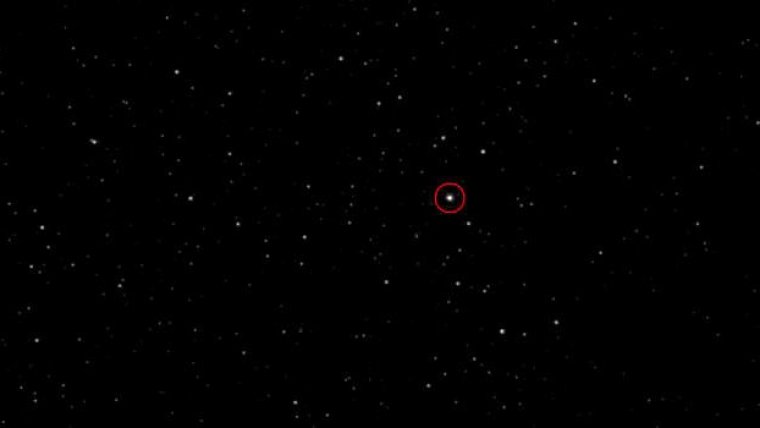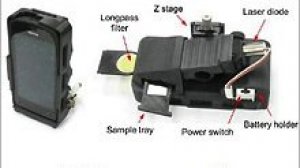| News / Science News |
Rosetta closing in on comet
NASA | JUNE 29, 2014
Less than half the distance between Earth and moon separates Rosetta from its destination, comet 67P/Churyumov-Gerasimenko. The European Space Agency's (ESA) spacecraft will become the first to orbit a comet and land a probe on its nucleus. It is beginning observations and sending science data back to Earth.

This image of comet 67P/Churyumov-Gerasimenko was taken by the Onboard Scientific Imaging System (OSIRIS) on the European Space Agency's Rosetta spacecraft on June 4, 2014. Image credit: ESA/Rosetta/MPS/UPD/LAM/IAA/SSO/INTA/UPM/DASP/IDA
Recent images from Rosetta's Onboard Scientific Imaging System (OSIRIS) indicate that the comet is currently at rest -- no longer showing signs of an extended dust coma surrounding its nucleus.
At the end of April, OSIRIS images revealed the comet was active -- spewing out enough gas and dust to create an extended coma. Upcoming images will offer even more information, as the comet is quickly covering more space in OSIRIS' field of view. Currently, comet 67P scales to about one pixel.
Launched in March 2004, Rosetta was reactivated in January 2014 after a record 957 days in hibernation.
Composed of an orbiter and lander, Rosetta's objectives upon arrival at comet 67P/Churyumov-Gerasimenko in August are to study the celestial object up close in unprecedented detail, prepare for landing a probe on the comet's nucleus in November, and track its changes as it sweeps past the sun.
Comets are time capsules containing primitive material left over from the epoch when the sun and its planets formed. Rosetta's lander will obtain the first images taken from a comet's surface and will provide the first analysis of a comet's composition by drilling into the surface.
Rosetta also will be the first spacecraft to witness at close proximity how a comet changes as it is subjected to the increasing intensity of the sun's radiation. Observations will help scientists learn more about the origin and evolution of our solar system and the role comets may have played in seeding Earth with water, and perhaps even life.
YOU MAY ALSO LIKE





